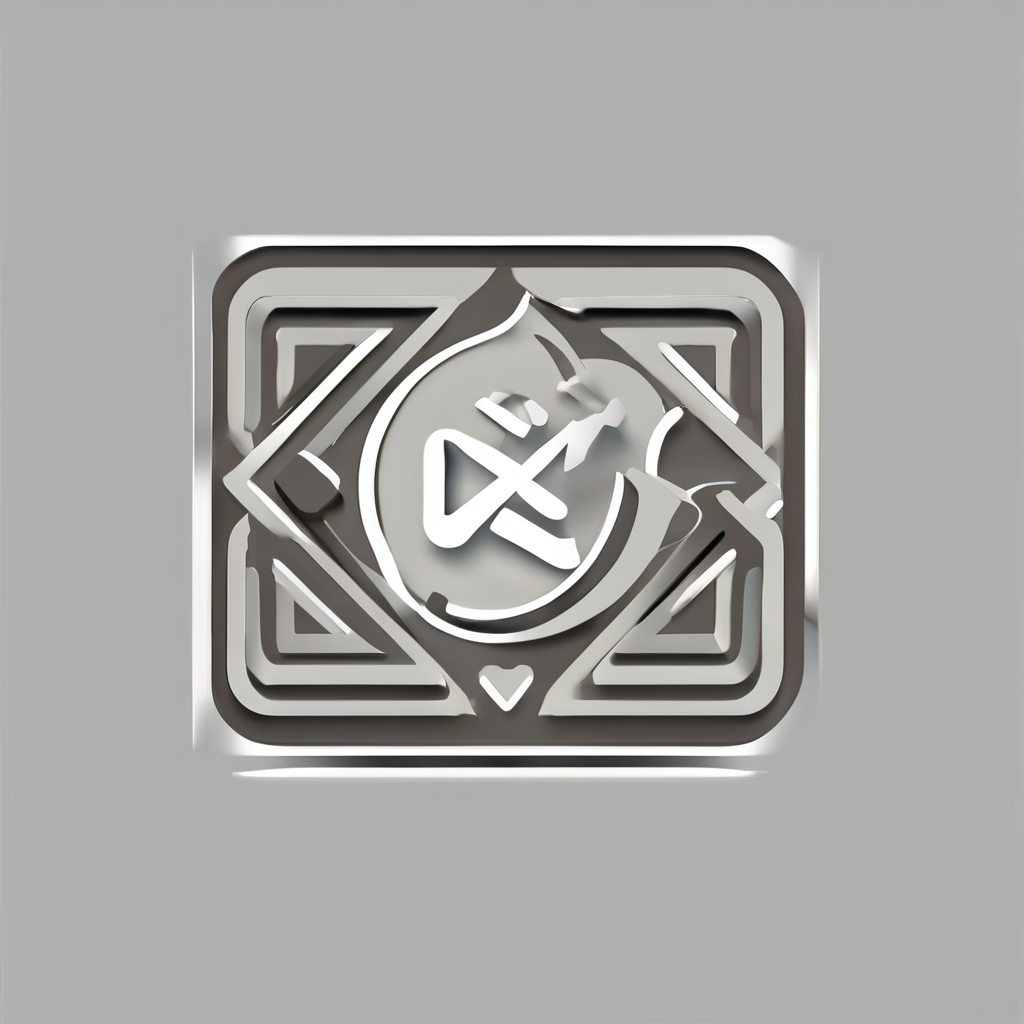Historical Overview of Welsh Fashion
Traditional Welsh fashion boasts a rich cultural heritage, characterised by its distinctive attire and unique fabric choices. Rooted deeply in the rural lifestyle, traditional Welsh attire evolves while retaining its historical essence. Initially, Welsh clothing served both practical and representational purposes, with wool as a staple fabric due to the region’s abundant sheep farming.
Evolution of Traditional Welsh Clothing
Over time, the evolution of Welsh fashion history reflects the adaptation to socio-economic changes and technological advancements. Different eras influenced stylistic shifts, integrating elements from neighbouring cultures. For example, the Industrial Revolution introduced mechanised looms enhancing production, while local patterns such as plaids and tartans remained integral.
Have you seen this : Autumn Chic: Mastering Heeled Booties and Midi Skirts for a Trendy UK Wardrobe
Key Fabrics and Patterns
Traditional Welsh attire predominantly featured robust, weather-resistant fabrics. Notable are the diverse patterns and rich textures, especially the iconic Welsh flannel. This, alongside tartans, symbolises local pride and lineage. Such fabrics often served practical purposes but also manifest cultural identity.
Understanding these elements offers insights into how Welsh fashion history continues shaping modern styles. Traditional patterns serve as cultural emblems, bridging past and present, fostering pride in Welsh heritage while informing contemporary fashion.
In parallel : Mastering Silk Lingerie Care: Tips to Maintain Elegance and Longevity
Iconic Elements of Welsh Fashion
The enduring allure of Welsh design elements lies in their rich cultural resonance and historical significance. Central to traditional attire, plaids and tartans not only exemplify unique regional patterns but also serve as emblematic markers of identity and lineage. These distinct patterns remain ever-present in modern fashion, preserving their legacy.
Materials such as wool underscore the practicality and durability typical of traditional Welsh attire. This staple fibre, abundant due to the pastoral nature of Wales with its extensive sheep farming, sees a reinvention in contemporary clothing. Today’s designers interpret these materials through innovative techniques, marrying tradition with modern aesthetics.
Moreover, ~~signature accessories~~ like the Welsh hat contribute to a distinctive cultural identity. These hats, originally crafted for practical purposes against the harsh weather, are now celebrated as symbols of heritage. Contemporary adaptations often feature in cultural festivals, maintaining relevance and resonance.
Exploring the core elements of Welsh fashion history offers insight into its ongoing influence. As fashion landscapes evolve, these traditional motifs continue to shape and inform current styles. Emphasising native patterns, materials, and accessories secures a continuous dialogue between the past and the present.
Merging Traditional and Contemporary Styles
Blending tradition with modernity, Welsh fashion history offers a captivating canvas for fashion fusion. Modern designers leverage traditional Welsh attire, infusing contemporary style trends to create a harmonious blend of past and present. This dynamic interplay fosters unique outfit combinations that speak to both cultural heritage and current fashion sensibilities.
Design Strategies
To achieve a seamless integration of traditional Welsh motifs into current fashion, designers employ various techniques. Creative layering not only highlights individual style but also showcases how traditional patterns can enhance modern silhouettes. Incorporating traditional Welsh patterns, such as plaids and tartans, into everyday wear creates fresh juxtaposition, bridging styles. Accessories, like scarves featuring iconic Welsh designs, can be layered for added visual interest, encapsulating the essence of fusion fashion.
Wardrobe Essentials
When building a wardrobe that melds both traditions and contemporary styles, it’s crucial to select key pieces. These include garments like fitted jackets with tartan accents or dresses using traditional Welsh fabrics with a modern cut. Exploring brands that specialise in this fusion can offer insight into garments reflecting this duality, marrying craftsmanship with innovation. This enables a dynamic expression of identity, ensuring historical elements remain vibrant within modern looks.
Practical Tips for Implementation
Implementing distinct Welsh fashion history into contemporary styles offers a unique way to express cultural heritage while embracing personal style. Consider the following fashion tips to seamlessly blend these elements into your wardrobe.
Sourcing Authentic Fabrics and Designs
Start by sourcing authentic traditional Welsh attire, known for its weather-resistant and robust fabrics. Seek materials like Welsh flannel or wool, which exemplify traditional patterns. Visiting local markets and boutiques in Wales can offer genuine items directly linked to the land’s cultural ethos. Online platforms and Welsh fashion events are also valuable resources.
Incorporating Cultural Elements
To effortlessly showcase cultural heritage, incorporate notable patterns from Wales, like plaids and tartans, into everyday looks. Accessories such as scarves or brooches with these traditional designs can infuse outfits with Welsh identity in a subtle yet impactful way. Keep the balance by pairing them with sleek, contemporary clothing pieces to maintain a modern aesthetic.
Balancing Trends with Heritage
Effectively balancing fashion tips with heritage enhances personal style. Opt for modern silhouettes employing traditional fabrics or patterns for bold expressions of cultural fusion. Engage with communities paying homage to Welsh history to draw inspiration and encourage a deeper connection to your cultural identity.
Curated Clothing Selections
Welsh fashion, renowned for its rich cultural heritage, is embodied in a range of clothing items that maintain traditional essence while embracing modernity. The aim is to weave history into your wardrobe through thoughtful choices and sustainable practices.
Sustainable Options
Opt for brands that prioritize sustainable practices in their production methods. These brands emphasize eco-friendly and ethically sourced materials, such as locally manufactured Welsh wool. By focusing on sustainability, these selections continue the story of Welsh fashion while minimizing environmental impact. Supporting local artisans who blend traditional techniques with modern design also ensures authenticity and innovation.
Shopping Resources
To access an array of Welsh-inspired fashion, explore online platforms and boutiques specialising in traditional and modern pieces. Trawl through vintage markets for unique clothing items that carry historical significance. You may also stumble upon limited-time collaborations between Welsh designers and contemporary fashion labels, offering distinctive creations representative of both worlds.
Community and Events
Engage with events celebrating Welsh fashion to immerse yourself in a thriving culture and to network with designers invested in fashion fusion. These gatherings present opportunities to explore community initiatives and support local talent, thereby playing a part in the vibrant tapestry of Welsh fashion identity.







